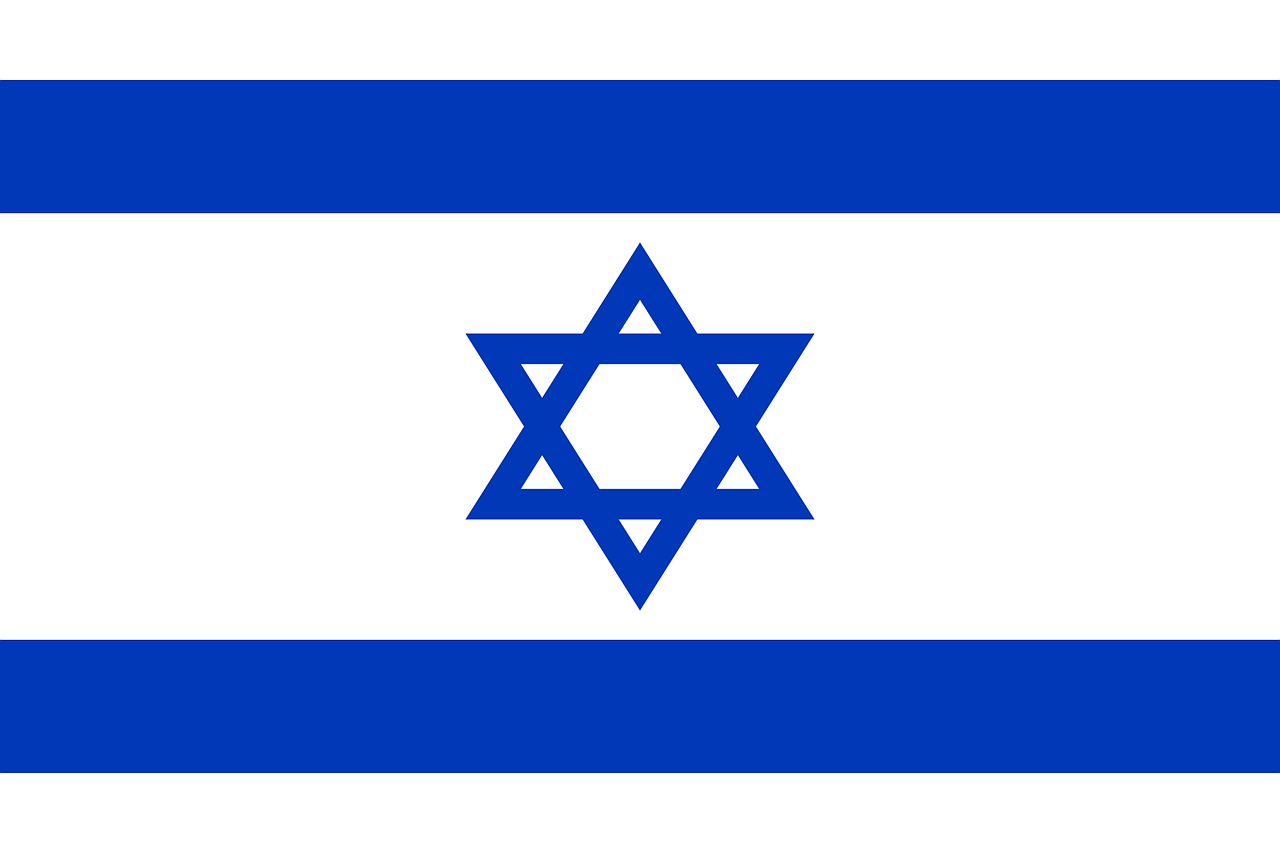
403
Sorry!!
Error! We're sorry, but the page you were looking for doesn't exist.
Israel attempts to shield identities of officers, soldiers involved in Gaza Strip's devastating war
(MENAFN) Despite Israel's attempt to shield the identities of officers and soldiers involved in the Gaza Strip's devastating war by restricting the release of their names or images, new technologies provide a long-term solution for justice. Even when efforts are made to hide their identities, technological advancements can assist in tracking and identifying those responsible for war crimes. Cyber policy expert Khaled Walid Mahmoud believes that artificial intelligence (AI) can be crucial in analyzing large data sets, enabling the identification of Israeli soldiers through facial recognition in photos and videos. This technology can link faces to specific identities using AI techniques trained on big data, making identification possible even in cases of concealment.
AI specialist Nabil Odeh agrees and suggests that the success of Ukrainian authorities in using advanced technologies to document war crimes could serve as a model for identifying Israeli soldiers in Gaza. The Ukrainian government has relied on Clearview AI, a tool that has helped identify over 230,000 people, both soldiers and civilians, by analyzing photos and videos posted online. Technologies like UKROPTOSS, which combine satellite imagery and field reports, are useful for documenting violations and pinpointing locations of attacks on civilians and infrastructure. These technologies provide accurate time and geographic data, making it easier to track war crimes in Gaza.
Additionally, tools such as Palantir can organize data from multiple sources to reveal patterns or identify individuals involved in criminal activities. Modern geolocation technologies can track soldiers' movements by analyzing photos or videos taken with mobile phones or cameras, revealing precise locations through built-in GPS data. Experts highlight the significance of platforms like Bellingcat, which uses satellite imagery, metadata analysis, and other tools to compare destroyed landscapes with current maps, helping locate soldiers, even in hard-to-reach areas. Videos showing Israeli soldiers celebrating the destruction of homes and infrastructure have circulated on social media, providing further evidence of their involvement.
Mahmoud also points to OSINT (Open Source Intelligence) tools that can analyze these videos to identify social connections between soldiers and others, expanding the circle of those responsible for these crimes. Social media interactions, such as comments, likes, and shares, can reveal nationalities and associations, offering a more comprehensive understanding of the soldiers' roles. Experts emphasize that "digital memory" plays a crucial role in achieving justice, as online content remains preserved indefinitely. Despite efforts to delete or alter it, digital material like photos and reports can be retrieved, serving as valuable legal evidence in holding perpetrators accountable for their actions.
AI specialist Nabil Odeh agrees and suggests that the success of Ukrainian authorities in using advanced technologies to document war crimes could serve as a model for identifying Israeli soldiers in Gaza. The Ukrainian government has relied on Clearview AI, a tool that has helped identify over 230,000 people, both soldiers and civilians, by analyzing photos and videos posted online. Technologies like UKROPTOSS, which combine satellite imagery and field reports, are useful for documenting violations and pinpointing locations of attacks on civilians and infrastructure. These technologies provide accurate time and geographic data, making it easier to track war crimes in Gaza.
Additionally, tools such as Palantir can organize data from multiple sources to reveal patterns or identify individuals involved in criminal activities. Modern geolocation technologies can track soldiers' movements by analyzing photos or videos taken with mobile phones or cameras, revealing precise locations through built-in GPS data. Experts highlight the significance of platforms like Bellingcat, which uses satellite imagery, metadata analysis, and other tools to compare destroyed landscapes with current maps, helping locate soldiers, even in hard-to-reach areas. Videos showing Israeli soldiers celebrating the destruction of homes and infrastructure have circulated on social media, providing further evidence of their involvement.
Mahmoud also points to OSINT (Open Source Intelligence) tools that can analyze these videos to identify social connections between soldiers and others, expanding the circle of those responsible for these crimes. Social media interactions, such as comments, likes, and shares, can reveal nationalities and associations, offering a more comprehensive understanding of the soldiers' roles. Experts emphasize that "digital memory" plays a crucial role in achieving justice, as online content remains preserved indefinitely. Despite efforts to delete or alter it, digital material like photos and reports can be retrieved, serving as valuable legal evidence in holding perpetrators accountable for their actions.

Legal Disclaimer:
MENAFN provides the
information “as is” without warranty of any kind. We do not accept
any responsibility or liability for the accuracy, content, images,
videos, licenses, completeness, legality, or reliability of the information
contained in this article. If you have any complaints or copyright
issues related to this article, kindly contact the provider above.


















Comments
No comment